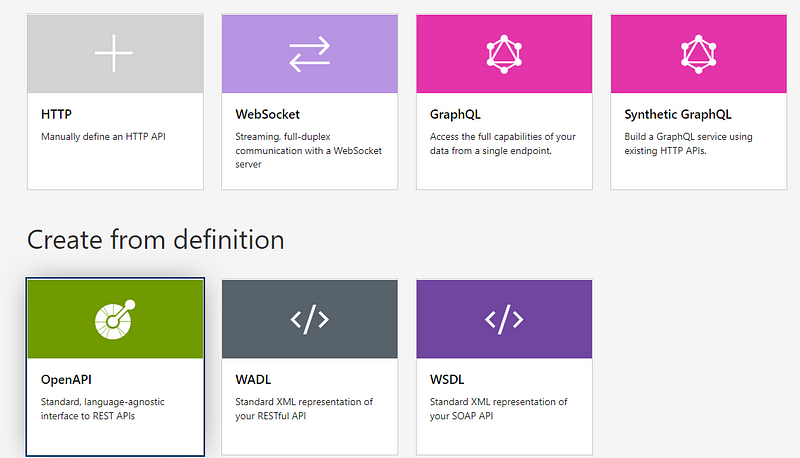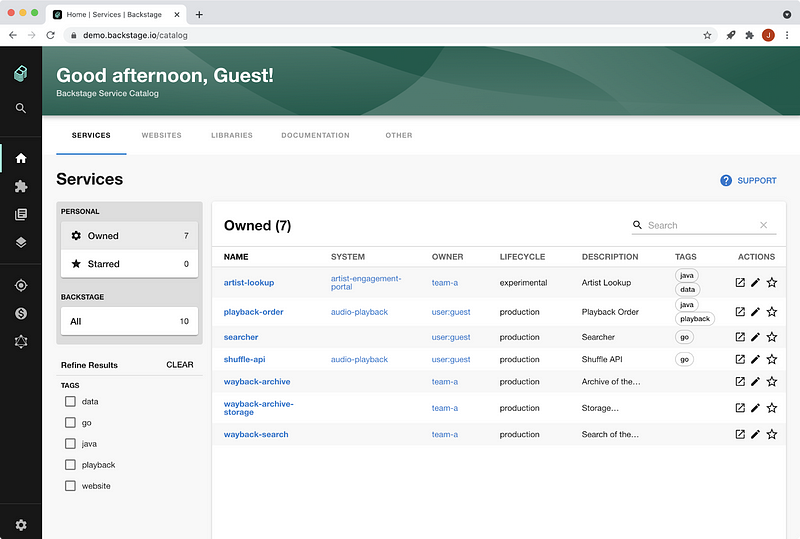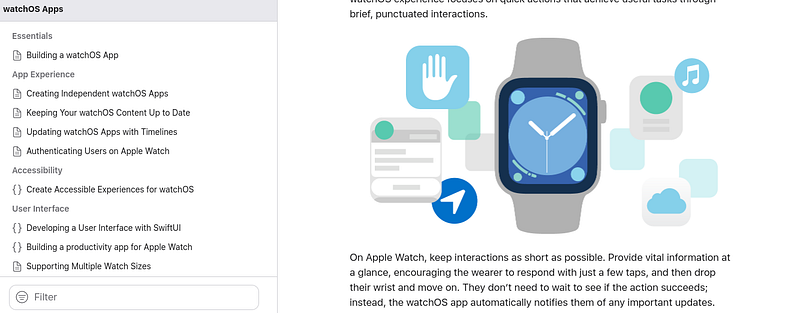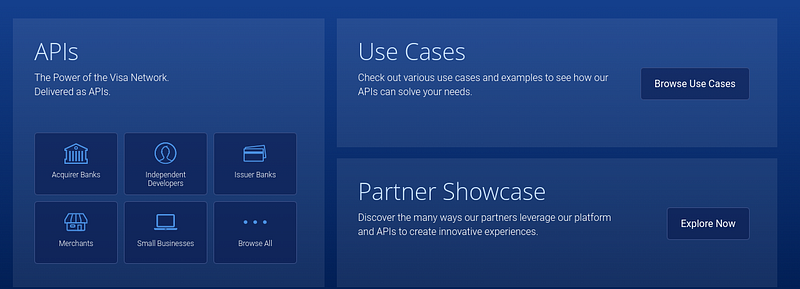# Understanding Developer Portals: A Deep Dive into Backstage
Written on
Chapter 1: Introduction to Developer Portals
A developer portal serves as a dedicated website that provides documentation for APIs, tools, or services. Such portals enable users to discover APIs, learn their functionalities, request access, and test them out.
These portals, often referred to as API portals, are crucial for organizations aiming to leverage their APIs effectively. They function similarly to an App Store, allowing developers to access various APIs offered by a company. This streamlined access helps in sharing information and data in real time across distributed applications, fostering a broader developer community. As a result, companies can tap into new customer segments, create additional revenue streams, and enhance the value of their existing resources.
To truly benefit from their APIs, companies must persuade the developer community to utilize them. A well-structured developer portal becomes a vital showcase where developers can discover, experiment with, and purchase services. Furthermore, developers increasingly influence IT tool selections, making it essential for companies to market their APIs effectively. Engaging tactics, such as hosting hackathons, can also enhance visibility.
Additionally, API portals provide valuable insights to companies. For instance, API product managers can assess why developers may hesitate to adopt their APIs and use this feedback to enhance features. These portals serve as a feedback loop, enabling companies to refine their APIs based on developer input.
Section 1.1: How to Create a Developer Portal
How can organizations establish a developer portal for their customers or developers? There are various approaches, including complete self-development, Software as a Service (SaaS), or hybrid solutions. Major cloud providers, particularly in the cloud domain, offer integrated solutions within their architectures.
One notable example is Microsoft’s Developer Portal and API Management Service, which aids developers and product owners in creating, managing, and documenting APIs effectively.

Another prominent option is Backstage, an open-source developer portal developed by Spotify. This platform allows teams to create developer portals and manage a centralized software catalog.

These tools empower teams to manage, monitor, and document services, whether for internal or external use, all while remaining platform-independent. The trend clearly indicates a shift towards cloud development, and organizations should capitalize on these services. The tools mentioned above handle monitoring and documentation, allowing teams to concentrate on innovations like AI development.
Chapter 2: Exemplary Developer Portals
Now that we have established the foundational theory of developer portals, let’s delve into some exemplary cases that illustrate their significance.
Section 2.1: Apple Developer Portal
Having dabbled in Apple programming with XCode and Swift, I can personally vouch for the value of the information provided on the Apple Developer Portal. Its elegant yet straightforward interface has made it a reliable resource for developers.

Developers can access updates about watchOS and gain insights into how to utilize it effectively.
Section 2.2: Visa Developer Portal
The Visa Developer Portal stands out as another excellent example, providing comprehensive API descriptions and practical demonstrations. Its well-organized dashboard features a clear layout and offers various implementation types, making it easier for developers to navigate.

A significant advantage of Visa's portal is its showcase of partners who have successfully utilized their API to solve complex challenges. This not only highlights the quality of Visa’s API but also acts as a strategic public relations move, demonstrating its tangible benefits.
Section 2.3: The Importance of Developer Portals
Developer portals are essential for programmers and developers within an organization, as they consolidate all necessary information regarding APIs in a centralized location. Therefore, it is crucial for these dashboards to be intuitively organized so that users can quickly locate the information they need. A well-structured API, such as Visa's, is likely to see higher adoption rates.
As we move towards cloud development, integrating developer portals into these architectures is vital for maintaining relevance within contemporary IT systems.
The first video, "Developer Portals: What is Backstage?" explains the fundamentals and benefits of using Backstage for creating developer portals.
The second video, "Building developer portals with Backstage," offers a practical guide on how to develop effective developer portals using this platform.
Sources and Further Readings
[1] Microsoft, Overview of the Developer Portal (2022).
[2] Software AG, What is an API Portal? (2022).
[3] Microsoft, Developer Portals for Teams (2022).
[4] Port, Backstage: All You Need to Know About This Developer Portal (2022).
[5] Apple Developer, Discover What's New for Apple Developers (2022).
[6] Visa Developer Center, Landing Page (2022).
[7] Nordic APIS, 6 Examples of Great Developer Portals (2021).